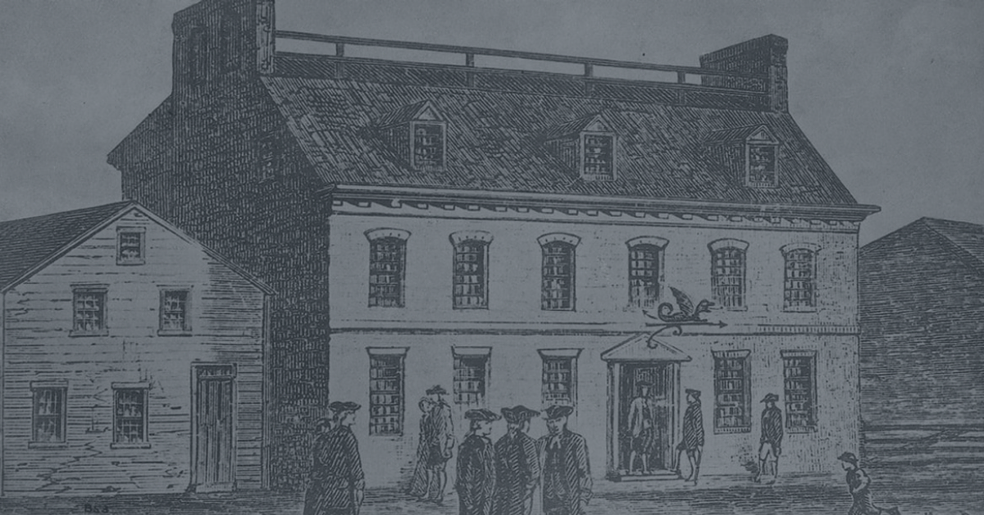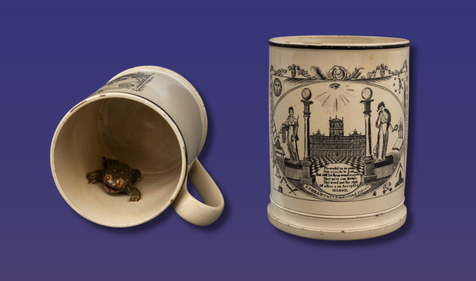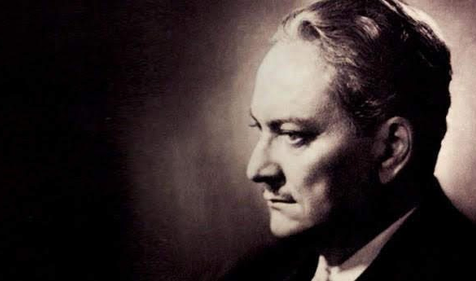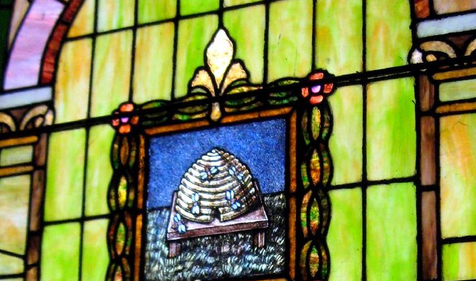The 31st degree, "My Brother’s Keeper," is rich in historical imagery and a profound exploration of Masonic values.
This article originally appeared in the Spring 2024 issue of The Northern Light.
By PJ Roup 33°, Editor, Active for Pennsylvania Member Committee on Ritualistic Matters
The 31st degree, My Brother’s Keeper, is one of the newer degrees in the Northern Masonic Jurisdiction. In 2014, in answer to the concerns of the membership, the Ritual Committee combined the 31st degree, Knight Kadosh, and the 32nd degree, Sublime Prince of the Royal Secret, to form a much more memorable and climactic culmination to the Scottish Rite degree experience. The Ritualistic Matters committee had no interest in reviving an older version of the Kadosh degree, choosing instead to fill the vacancy in the 31° with a completely new ritual using characters recognizable to all Scottish Rite Masons.
Written by Committee member, Ill. C. DeForrest Trexler, 33°, My Brothers Keeper, is set in a renowned Masonic meeting place, the Green Dragon Tavern. The degree begins with a brief prologue that recounts the Old Testament story of Cain and Abel, where Cain asks the Lord, “Am I my brother’s keeper?” It also introduces several real-life Revolutionary War heroes: Dr. Joseph Warren, Thomas Dawes, and none other than Paul Revere.

We meet an aged Paul Revere examining some papers in an empty Green Dragon Tavern. Brother Rever begins talking to the audience as if they are who has just entered the tavern. This dramatic device, often referred to as breaking the fourth wall, had been previously used in the 19th degree, Brother of the Trail, and is also employed effectively in the opening of the 4th degree, Builder, where our modern-day narrator transforms into a workman at the building of Solomon’s temple.
By talking directly to the audience members, there seems to be a different level of engagement. While it’s not quite the same engagement that we may feel in the Craft degrees, observers feel drawn into the action in a way that traditional degree formats do not provide.
In this effective opening scene, Brother Revere regales us with the tales from his life and his exploits during the war. Becoming more introspective, he talks a little of his time as a Freemason, saying to the audience, “Oh yes, we have little satisfied each other, you, and I, that we both are Masons, that is, we are, or have been, members of a Masonic lodge. But are we brothers? We should like to think so. We should be so. We find it easy to identify a stranger as a fellow Mason. But as a Brother? Just who is our brother?”
He then tells a story, shown as a flashback, about an injured man who is brought to the Green Dragon on the night of a lodge meeting. Lest I spoil the entire story, I will simply observe that the story is an effective retelling of the biblical parable of the Good Samaritan.

So, what does it mean to be a Good Samaritan today? Often, our news is filled with videos of horrific incidents of bullying, violence, and destruction. Many times, those incidents are captured by bystanders on their smartphones. I often wonder why those holding the phones don’t do more to stop the problem. To be certain, there are times when it wouldn’t do any good – the danger may be too great, or the crowd too large. I cannot help but wonder, though, how many of the minor incidents could have been prevented if onlookers tried to bring about peace rather than record the confrontation in the hopes of “going viral.”
Being a Good Samaritan isn’t always about rescuing the injured man on the side of the road, stopping the bully, or calming the crowd. It can happen when you simply get involved in the lives of others. That’s not always an easy thing – intertwining yourself with another. Making yourself vulnerable enough to stoop to the aid of another can be intimidating. Sometimes they don’t want the help. Sometimes they don’t even realize that they need the help.
But we are called, as Masons, to serve others. Part of the allure of Freemasonry is its unapologetic charity. We and our sister organizations have given hundreds of millions of dollars to try to ease the paths of those around us. We do it because it is right, not because it is easy. Practicing the Core Value of Integrity leads us neatly to the practice of the Core Value of Service to Humanity.
In 1969, Bobby Scott and Bob Russell wrote these lyrics to a song made famous by The Hollies. I apologize in advance because I know you’ll be singing it all day.
The road is long.
With many a winding turn
That leads us to who knows where?
Who knows where?
But I’m strong.
Strong enough to carry him.
He ain’t heavy, he’s my brother.
Like it or not, we are our Brothers’ keepers. The burdens of others are ours to bear or share as the situation dictates. When we can help as individuals, we must. When we cannot do it alone, we need to ask others to assist us.
In our degree, Brother Revere wonders, just who is our Brother? Quite simply, everyone is. We have never been an organization to help only our own. Every kindness begets another kindness. It is our chosen lot to be a part of every chance we get. The gestures do not need to be grandiose. They just need to come from the heart. Raking leaves, shoveling a driveway, and delivering groceries to a homebound neighbor takes a little effort but can mean so much to the person you help. Volunteering at a soup kitchen, shelter, or other community-focused event can lift people up.
Big or small, these are acts of a modern-day Good Samaritan. This is what it means to be our Brother’s keeper.
Related Stories
Discover additional Scottish Rite blogs and news on this topic.
-
A Jolly Masonic Mug
History
Read More about A Jolly Masonic Mug
-
Manly P. Hall: Philosopher, Mystic, and Freemason
Famous Masons
Read More about Manly P. Hall: Philosopher, Mystic, and Freemason
-
What Does the Beehive Mean in Freemasonry?
Degrees
Read More about What Does the Beehive Mean in Freemasonry?



